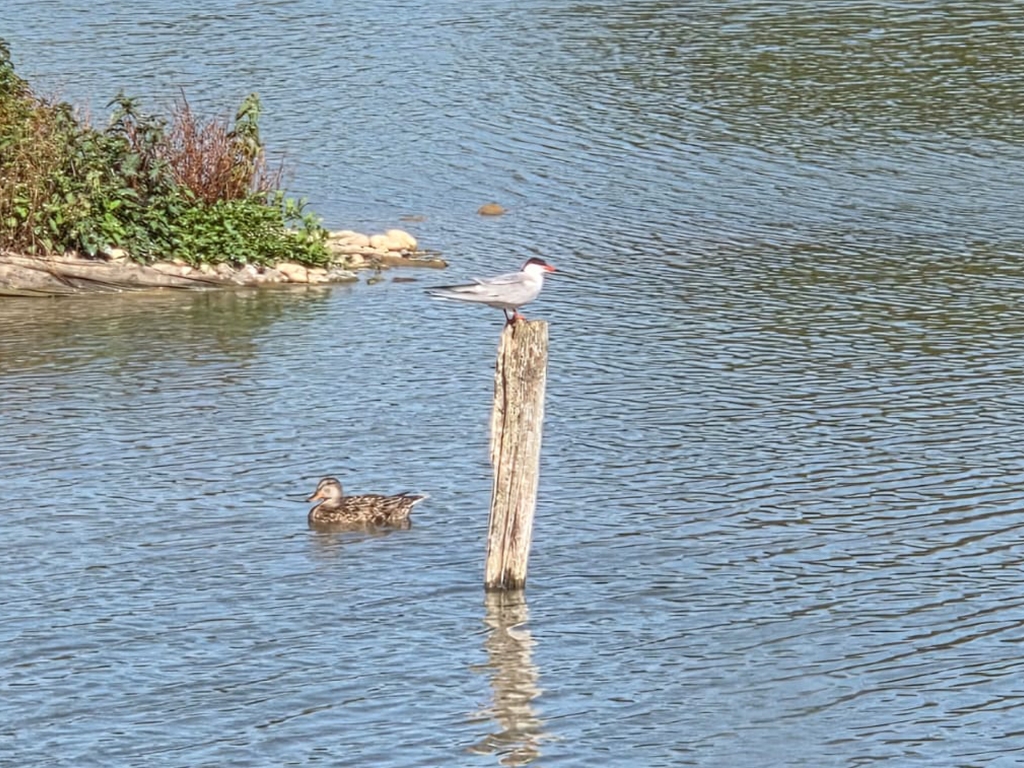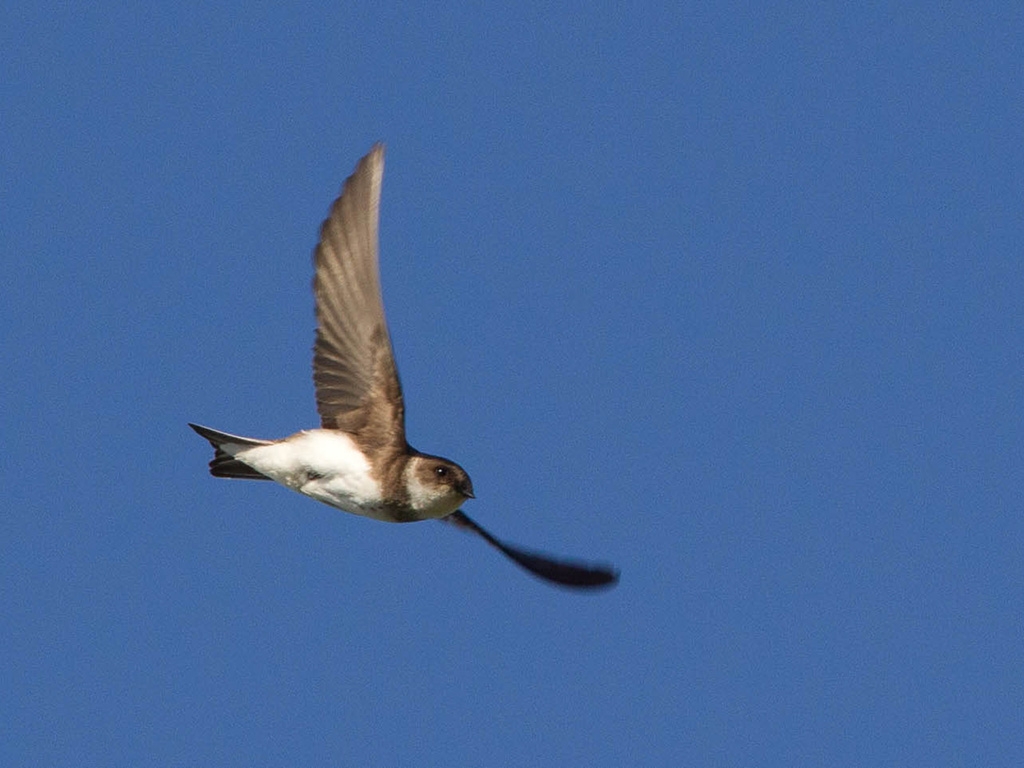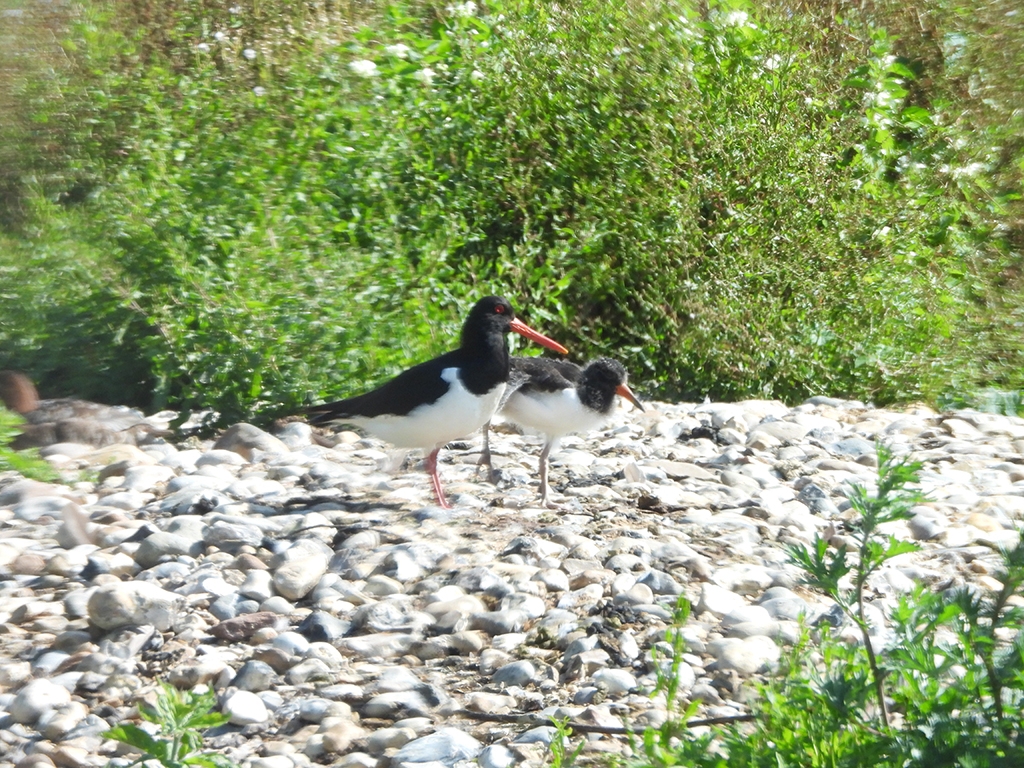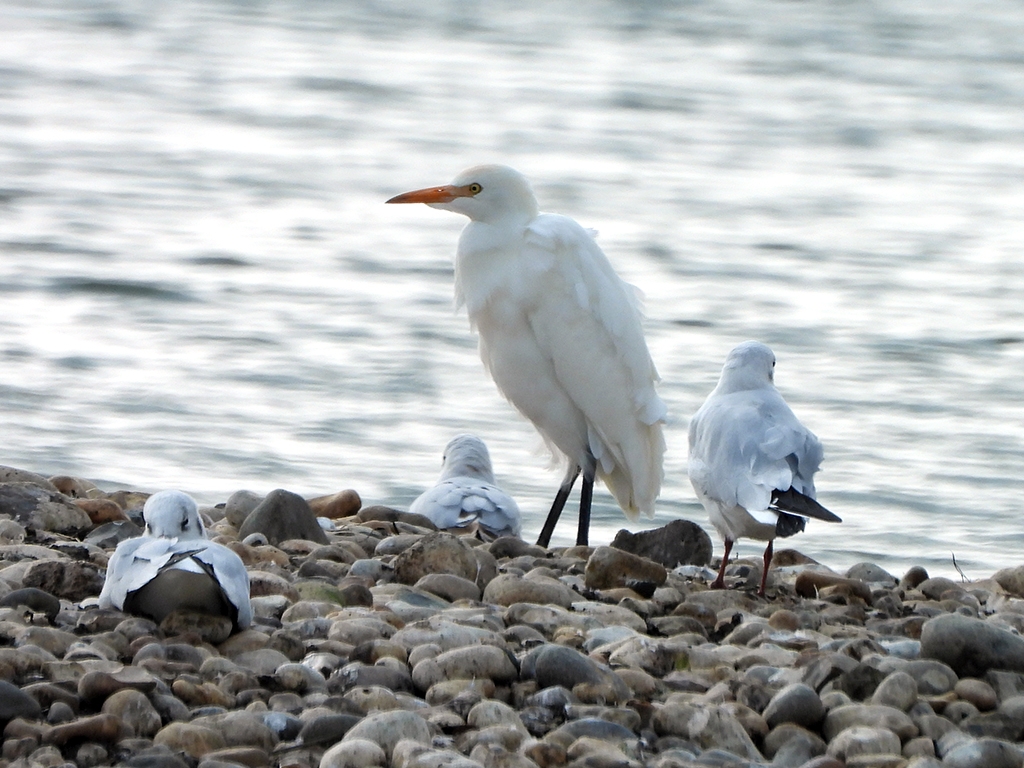Baby boom

The Mallard ducklings from first broods are now well grown. Smaller second broods are now appearing but the other species of duck are now starting to hatch their first broods. Gadwall are the most numerous with four females from the sctrape hide with a total of 45 ducklings. Shelduck are also hatching with broods ranging from 8 to 20. Several Pochard females with small broods of around 6 to 8 have been seen on Arun riverlife, scrape hide, wetlands discovery and lakes and forests exhibit. Most exciting of all was the six shovlings (shoveler ducklings) seen from the Lapwing hide on the establishing wet grassland. Also here were 11 Lapwing chicks, 4 of which were fully fledged and the rest still balls of fluff.
Mute swan cygnets can be seen on wetlands discovery, along with family groups of Canada and Greylag geese.
A male Teal from the scrape hide yesterday raised hopes of breeding on the reserve which for this species has not yet been confirmed.
The Cuckoo remains visible most days especially around the main reedbed where host Reed and Sedge warblers are singing and nesting.
Whitethroat and the occasional Lesser whitethroat can be heard from the scrubby areas of the reserve along with brief views of Bullfinch.
Cettis warbler have been singing from most parts of the reserve with a high of 11 males.
Water voles are in full swing with their breeding season with various sized youngsters showing well in most areas.
Hairy dragonflies, Broad bodied chasers and various species of damselflies are now on the wing.



